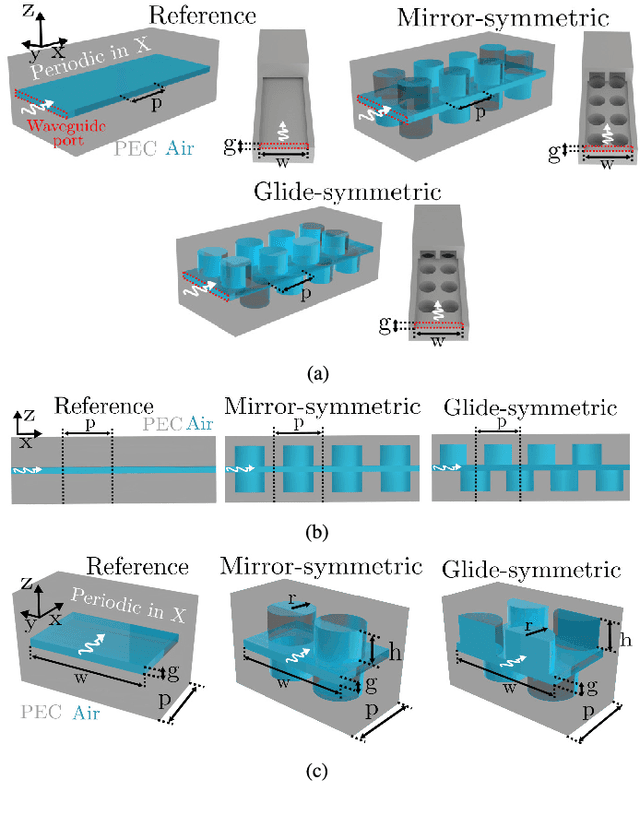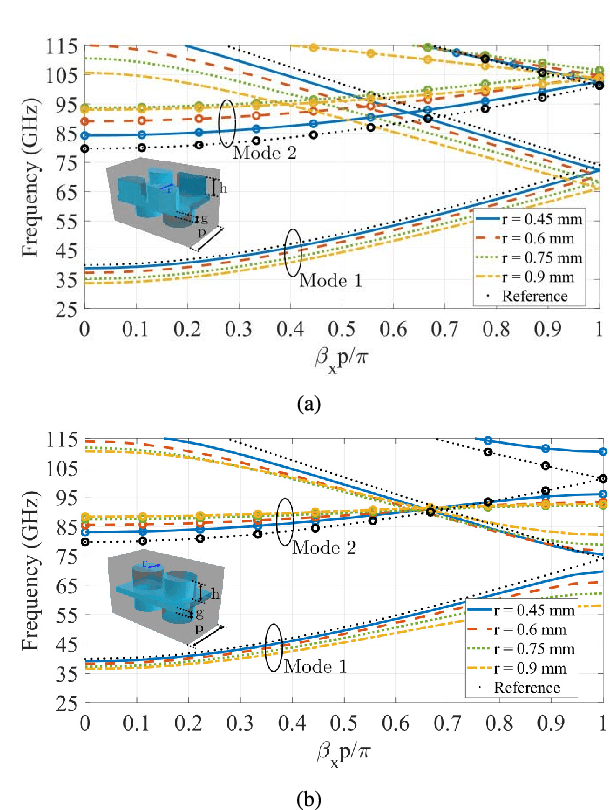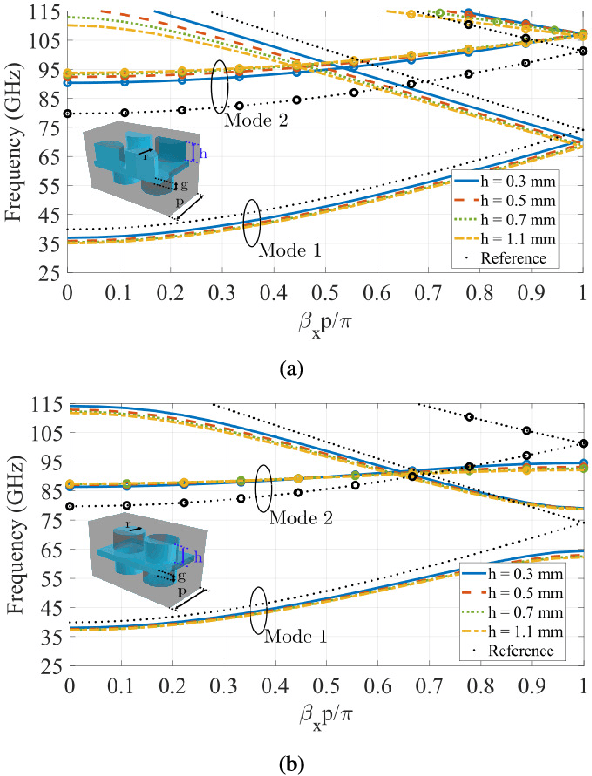Pablo Padilla
FR2 5G Networks for Industrial Scenarios: An Experimental Characterization and Beam Management Procedures in Operational Conditions
Aug 17, 2023Abstract:Industrial environments constitute a challenge in terms of radio propagation due to the presence of machinery and the mobility of the different agents, especially at mmWave bands. This paper presents an experimental evaluation of a FR2 5G network deployed in an operational factory scenario at 26 GHz. The experimental characterization, performed with autonomous mobile robots that self-navigate the industrial lab, leads to the analysis of the received power along the factory and the evaluation of reference path gain models. The proposed assessment deeply analyzes the physical layer of the communication network under operational conditions. Thus, two different network configurations are assessed by measuring the power received in the entire factory, providing a comparison between deployments. Additionally, beam management procedures, such as beam recovery, beam sweeping or beam switching, are analyzed since they are crucial in environments where mobile agents are involved. They aim for a zero interruption approach based on reliable communications. The results analysis shows that beam recovery procedures can perform a beam switching to an alternative serving beam with power losses of less than 1.6 dB on average. Beam sweeping analysis demonstrates the prevalence of the direct component in Line-of-Sight conditions despite the strong scattering component and large-scale fading in the environment.
Joint Ultra-wideband Characterization of Azimuth, Elevation and Time of Arrival with Toric Arrays
Jul 24, 2023Abstract:In this paper, we present an analytical framework for the joint characterization of the 3D direction of arrival (DoA), i.e., azimuth and elevation components, and time of arrival (ToA) in multipath environments. The analytical framework is based on the use of nearly frequency-invariant beamformers (FIB) formed by toric arrays. The frequency response of the toric array is expanded as a series of phase modes, which leads to azimuth-time and elevation-time diagrams from which the 3D DoA and the ToA of the incoming waves can be extracted over a wide bandwidth. Firstly, we discuss some practical considerations, advantages and limitations of using the analytical method. Subsequently, we perform a parametric study to analyze the influence of the method parameters on the quality of the estimation. The method is tested in single-path and multipath mm-wave environments over a large bandwidth. The results show that the proposed method improves the quality of the estimation, i.e., decreases the level of the artifacts, compared to other state-of-art FIB approaches based on the use of single/concentric circular and elliptical arrays.
Joint Direction-of-Arrival and Time-of-Arrival Estimation with Ultra-wideband Elliptical Arrays
Jul 26, 2022



Abstract:This paper presents a general technique for the joint Direction-of-Arrival (DoA) and Time-of-Arrival (ToA) estimation in multipath environments. The proposed ultra-wideband technique is based on phase-mode expansions and the use of nearly frequency-invariant elliptical arrays. New possibilities open with the present approach, as not only elliptical, but also circular and linear arrays can be considered with the same implementation. Systematic selection/rejection of signals-of-interest/signals-not-of-interest in smart wireless environments is possible, unlike with previous approaches based on circular arrays. Concentric elliptical arrays of many sizes and eccentricities can be jointly considered, with the subsequent improvement that entails in DoA and ToA detection. This leads to the realization of pseudo-random array patterns; namely, quasi-arbitrary geometries created from the superposition of multiple elliptical arrays. Some simulation and experimental tests (measurements in an anechoic chamber) are carried out for several frequency bands to check the correct performance of the method. The method is proven to give accurate estimations in all tested scenarios, and to be robust against noise, channel nonidealities, position uncertainty in sensor placement and interferences.
Musical Stylistic Analysis: A Study of Intervallic Transition Graphs via Persistent Homology
Apr 23, 2022



Abstract:Topological data analysis has been recently applied to investigate stylistic signatures and trends in musical compositions. A useful tool in this area is Persistent Homology. In this paper, we develop a novel method to represent a weighted directed graph as a finite metric space and then use persistent homology to extract useful features. We apply this method to weighted directed graphs obtained from pitch transitions information of a given musical fragment and use these techniques to the study of stylistic trends. In particular, we are interested in using these tools to make quantitative stylistic comparisons. As a first illustration, we analyze a selection of string quartets by Haydn, Mozart and Beethoven and discuss possible implications of our results in terms of different approaches by these composers to stylistic exploration and variety. We observe that Haydn is stylistically the most conservative, followed by Mozart, while Beethoven is the most innovative, expanding and modifying the string quartet as a musical form. Finally we also compare the variability of different genres, namely minuets, allegros, prestos and adagios, by a given composer and conclude that the minuet is the most stable form of the string quartet movements.
Dispersion and Filtering Properties of Rectangular Waveguides Loaded With Holey Structures
Jan 02, 2021



Abstract:This paper analyzes thoroughly the dispersion and filtering features of periodic holey waveguides in the millimeter-wave frequency range. Two structures are mainly studied depending on the glide and mirror symmetries of the holes. A parametric study of the dispersion characteristics of their unit cells is carried out. Glide-symmetric holey waveguides provide a higher propagation constant and a low dispersion over a wide frequency range regarding hollow waveguides. This property is particularly useful for the design of low-loss and low-dispersive phase shifters. We also demonstrate that glide-symmetric holey waveguides are less dispersive than waveguides loaded with glide-symmetric pins. Furthermore, we perform a Bloch analysis to compute the attenuation constants in holey waveguides with mirror and broken glide symmetries. Both configurations are demonstrated to be suitable for filter design. Finally, the simulation results are validated with two prototypes in gap-waveguide technology. The first one is a 180$^{o}$ phase shifter based on a glide-symmetric holey configuration that achieves a flat phase shift response over a wide frequency range (27.5\% frequency bandwidth). The second one is a filter based on a mirror-symmetric holey structure with 20-dB rejection from 63 GHz to 75 GHz.
 Add to Chrome
Add to Chrome Add to Firefox
Add to Firefox Add to Edge
Add to Edge